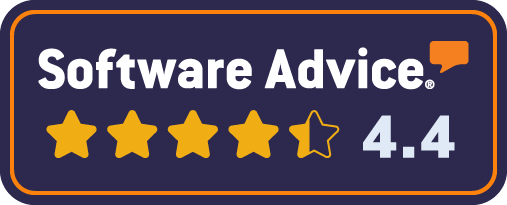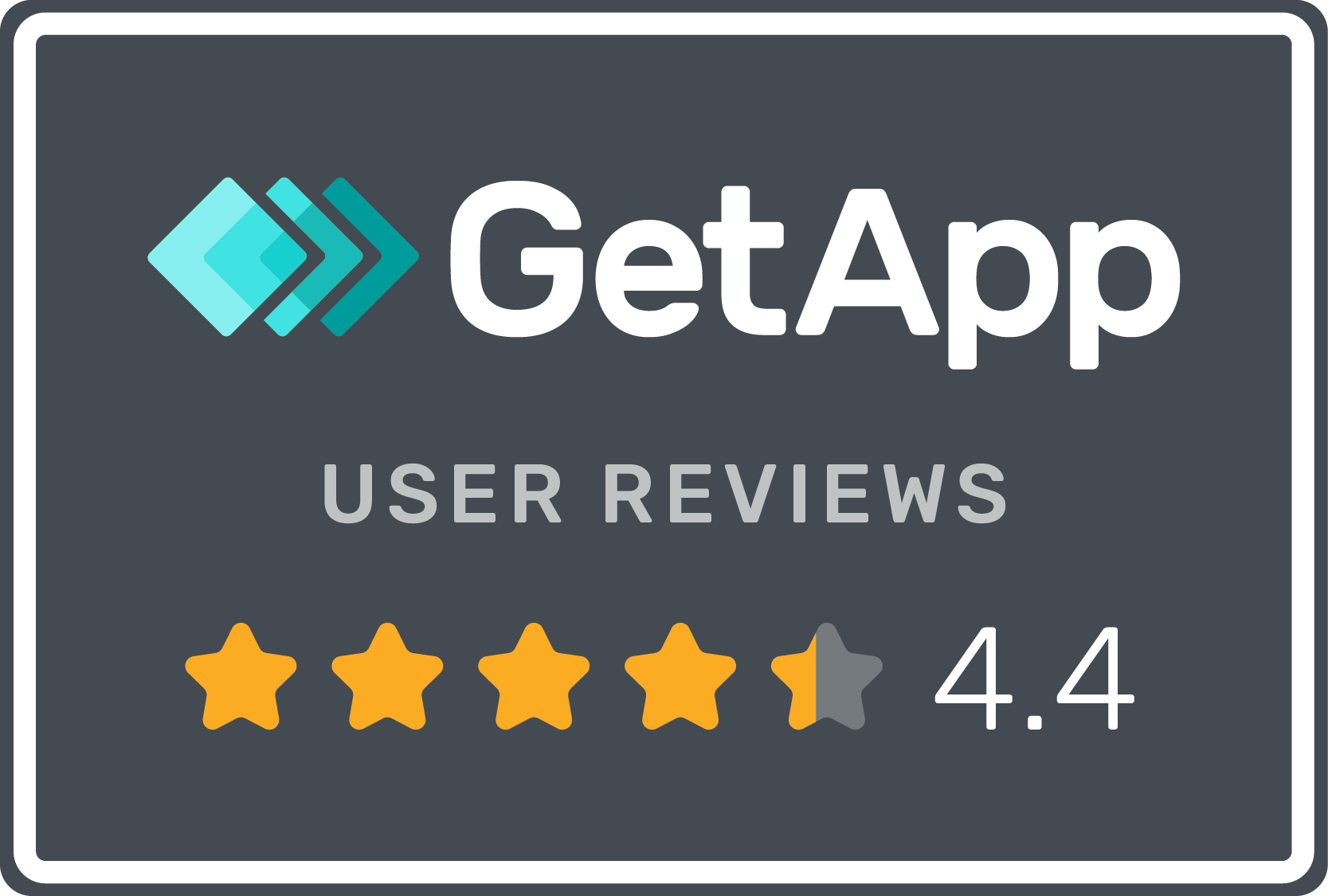Internal recruitment is often the best route for filling vacancies, but it needs to be underpinned by an effective and holistic strategy.
A resignation letter is rarely a positive development, but there are ways to mitigate the impact of an established employee leaving. Foremost among these is the concept of internal recruitment – promoting or transferring an existing employee to the vacancy that’s just been created. In many cases, this can be the optimal approach to recruitment and selection, with talented candidates already embedded in your organisation. Yet the internal recruitment process needs an overarching strategy to be effective, especially as it promotes continuity rather than transformation or deliberate disruption.
In this article, we consider how to develop an optimised internal recruitment process for your business. But first, let’s consider those internal recruitment advantages in more detail.
key internal recruitment advantages
- It’s quicker. Modern-day recruitment is a multi-stage process, whereas internal recruitment could potentially be completed within days if all parties are happy to proceed at that pace.
- It’s cheaper. It may be worth paying a premium to secure an optimal hire, but internal recruitment eliminates advertising costs, background checks, and onboarding resources.
- It builds loyalty. The prospect of upward progression is a key motivator for staff, and seeing a colleague promoted is a morale booster, persuading them to stay – and work hard.
- It maintains consistency. Existing employees know your corporate policies and ideology. They understand goals and objectives, and they’ve already proved their effectiveness.
- It reduces disruption. If the appointed candidate is already familiar with the corporate ethos/role/external agents, they can hit the ground running with minimal loss of productivity.
internal recruitment types
1. Promotion: The most common – and logical – of the various internal recruitment types involves appointing a subordinate to take on their departing superior’s role.
2. Transfers: Someone might move from an overstaffed department to an understaffed one, or relocate from one office/region to a similar role elsewhere.
3. Transitioning: A temp, intern, freelancer, or secondee is rewarded for their work with a permanent position, such as a maternity leave contract worker getting a full-time job.
4. Reorganisation: Companies may decide to restructure or refocus their business, abolishing existing roles and creating new ones.
5. Un-retirement: With rising living costs, former employees may be amenable to a part-time, job-sharing, or even full-time role back with your business.
Some models also include referrals, where an existing employee recommends or vouches for someone outside the organisation. This relies on the employee’s judgement, but can provide access to candidates no job advert or internal recruitment policy would ever reach.
how to develop an effective internal recruitment policy
It’s important to note at the outset that different companies will have their own structures and idiosyncrasies, so we can’t present a universally applicable template for internal recruitment policymaking. However, these steps should help most companies to appoint from within:
1. evaluate whether this is the right approach for each individual vacancy
Despite the benefits of internal recruitment mentioned above, it isn’t always the best option. Sometimes an external candidate will bring valuable new skillsets, ideas, and energy.
2. establish an effective internal recruitment vehicle to advertise vacancies
In larger companies, news of an employee’s resignation might not spread that far. Tools like hireful ATS allow for all internal vacancies to be advertised to all employees on your intranet. If you do not have an ATS with this capability then other options include email notifications, social media posts or even a noticeboard, with clear instructions on how to register interest.
3. make it easy for internal applicants to apply
Existing employees are already known to the organisation. So the application process does not have to be as detailed. hireful ATS asks internal candidates to apply via a simplified internal application form. This saves the candidate time and stops them getting frustrated providing you information that you already have.
4. build a skillset template which can be adapted for each role
Rather than approaching each vacancy in isolation, develop documentation which can be tweaked to suit each new vacancy. Use this to detail the skills and abilities required, perhaps seeking the opinions of the former post-holder before they leave – they know the job best.
5. tailor the job description for internal candidates
Freed from the need to talk about company culture or other basic information, internal recruitment can focus on a more detailed job description. It can use corporate terminology, refer to recognised challenges, and go into greater detail about employee eligibility criteria.
6. encourage managers to identify and recommend potential applicants
An employee might be a good fit for a new role without realising, but their line manager should be well-placed to identify necessary skillsets and potential. Reassure managers their own teams won’t be weakened – incentives may be needed to encourage recommendations.
7. provide every unsuccessful internal applicant with constructive feedback
Have a conversation with unsuccessful applicants to discuss why they missed out. Focus on their strengths, and encourage them to register interest in suitable future vacancies. Selection should be rigorous and impartial, but also transparent.
making recruitment easier
Whether you promote from within or seek external candidates, filling vacancies remains a complex and constantly evolving challenge. hireful is here to help. Learn more about how we can help you build a slick internal recruitment process through our industry-leading software by booking a demo.

















